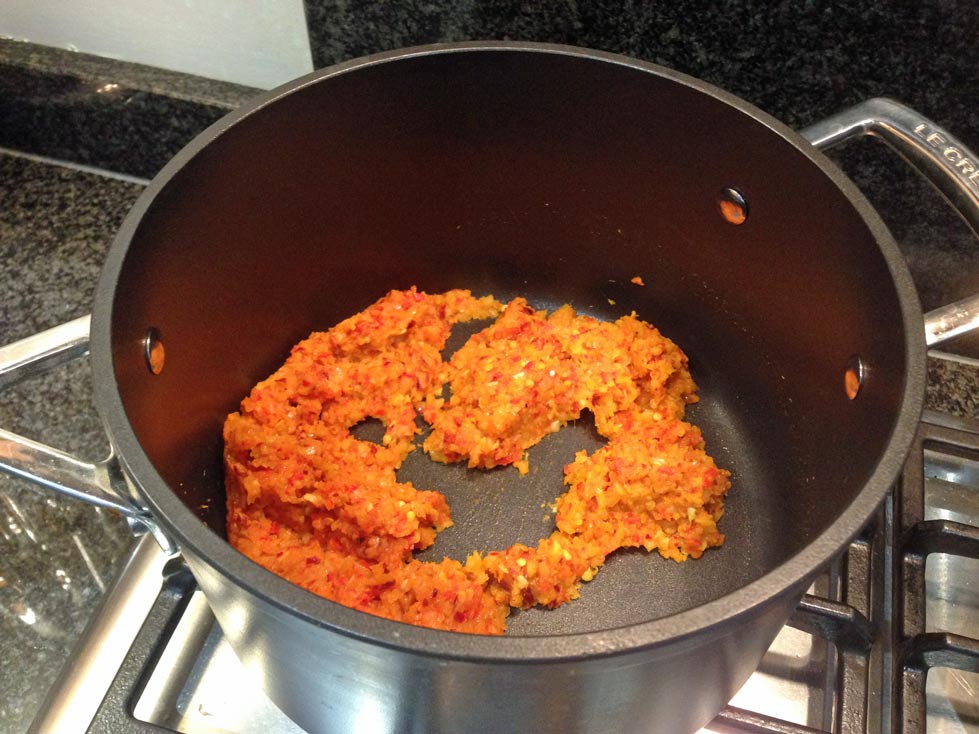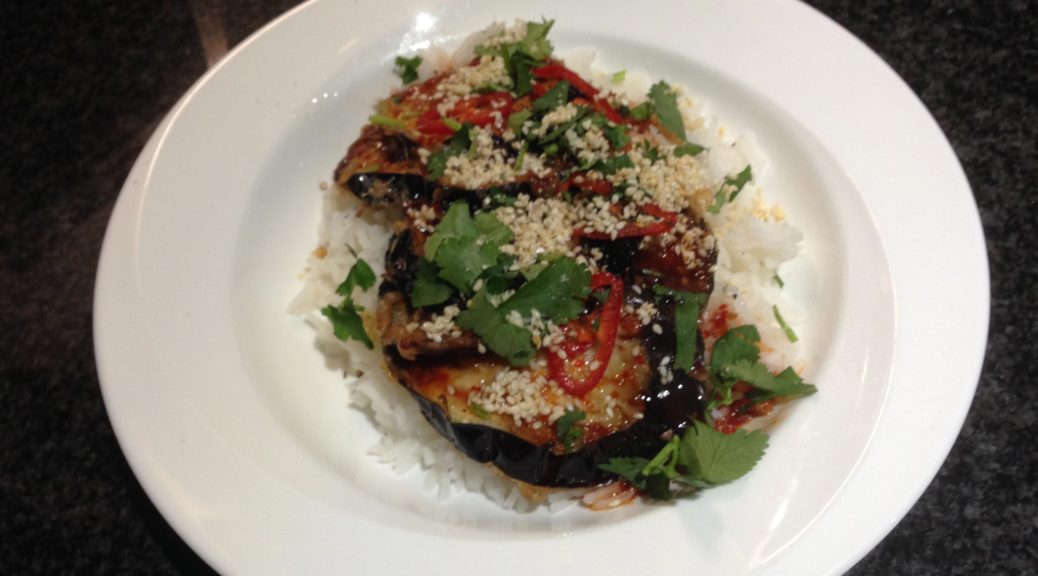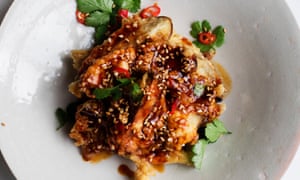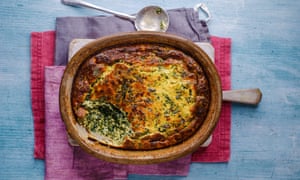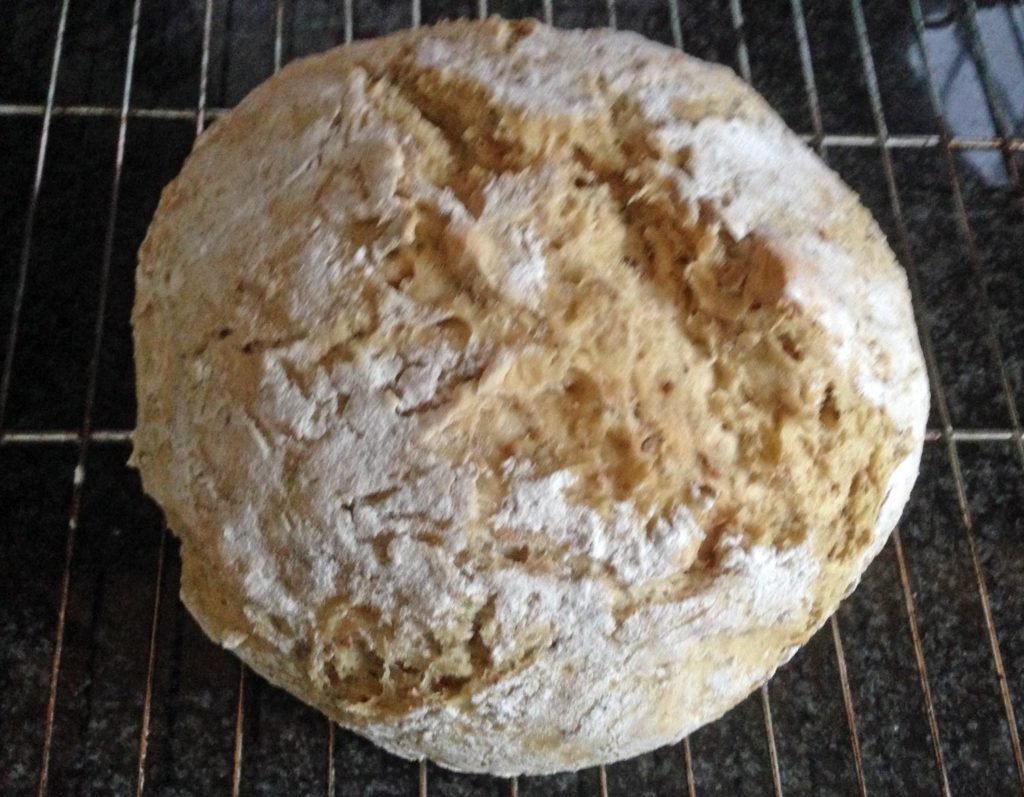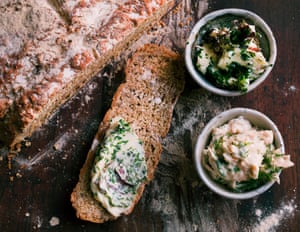Parmesan is rarely vegetarian but there are alternatives available in the UK. Sadly, this probably tastes best with the original, aged cheese but we still manage to love it in our vegetarian household.
You could also choose to use a blue cheese, maybe a cambazola for an equally rich but lovely risotto. Be careful towards the end – it is likely to stick.
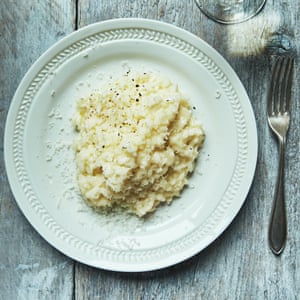
Serves 4
vegetable stock or milk (heated first with bay) 1.5 litres
butter 75g
white onion 1 large, very finely chopped
flaky sea salt
carnaroli rice 350g
dry vermouth a small glass
parmesan 150g, excellent quality, aged, finely grated
Heat the stock in a large pan at the back of the stove and keep it simmering, ladle at the ready. Melt half the butter in a large, heavy-bottomed pan over a medium heat and add the onion with a few pinches of salt. Sauté until glossy and translucent, turning frequently with a wooden spoon, then add the rice. Make sure each grain is coated and the onion and rice are fully incorporated.
Now, pour in the vermouth, enjoy the pungent cloud of boozy steam, and when the liquid has almost all evaporated, add one ladle of stock and stir. Repeat this for 15 minutes, carefully adding the stock a small ladleful at a time, never allowing the rice to fully dry out but not waterlogging it either.
When the rice is almost done, but still has a bit of bite (test a grain between your front teeth), add a final splash of stock, the remaining butter, and turn up the heat. Stir vigorously for 30 seconds and remove from the stove. Add most of the parmesan, stir once or twice, and cover. Rest for a full minute before serving on warm plates. Scatter over the remaining parmesan and garnish with a twist of black pepper.


